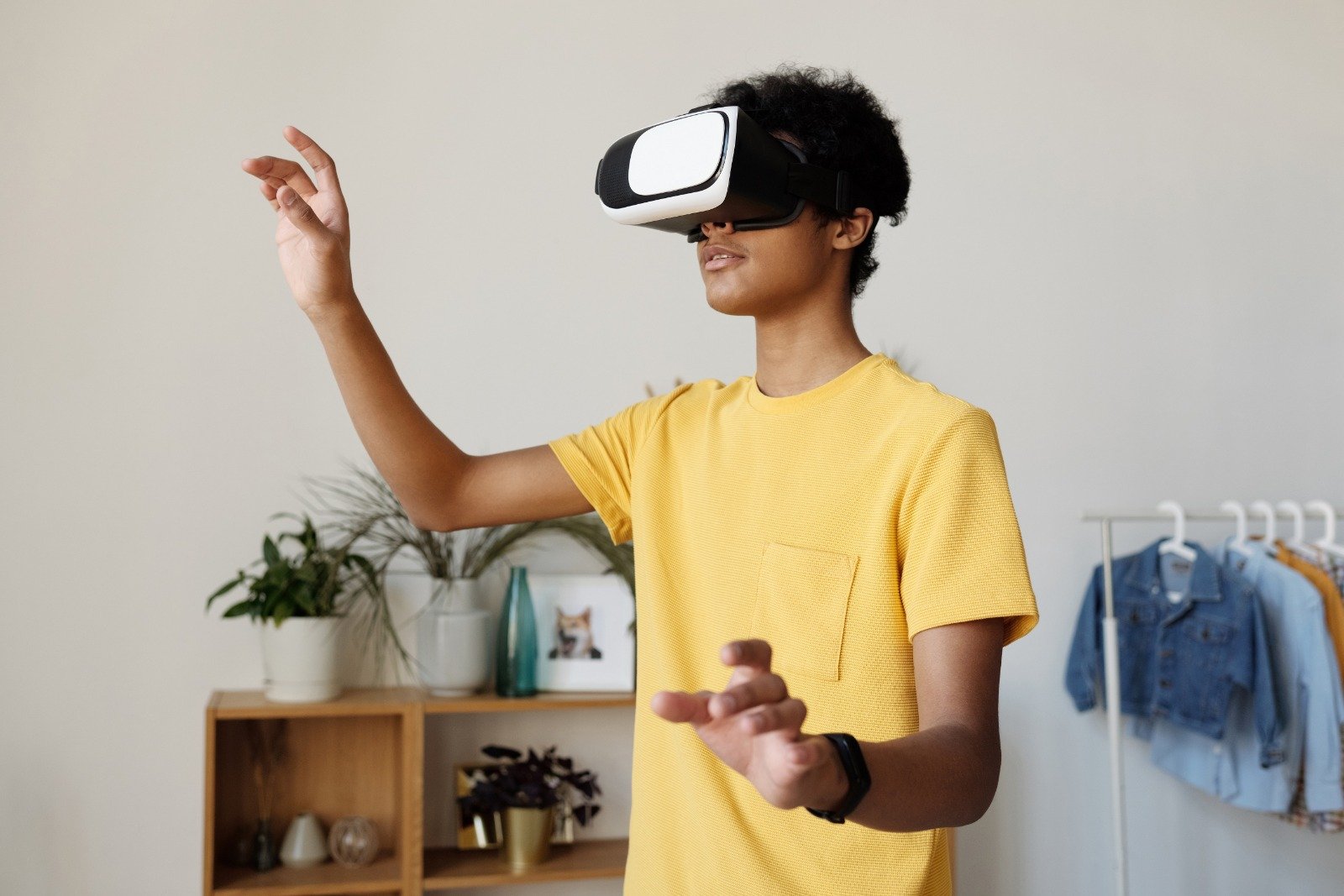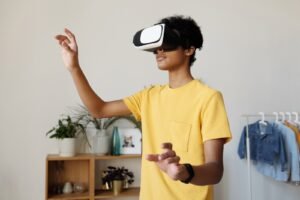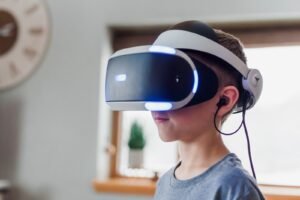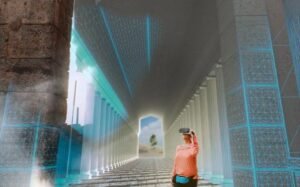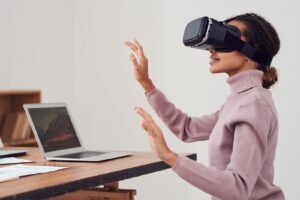Seeking new augmented reality (AR) for educational experiences? Augment Explorer, is a leading educational technology company, which offers immersive learning experiences for students.
Step into a world where reality is enhanced, and the possibilities are limitless. Augmented reality attractions are taking the educational sector by storm, captivating students and teachers with immersive experiences. Whether you’re a teacher, student or simply someone interested in augmented reality (AR), get ready to discover the advantages of AR in education with this article brought to you by Augment Explorer.
Let’s start by defining augmented reality (AR) and describing how it differs from virtual reality (VR). Augmented reality, to put it simply, is a technology that superimposes digital components onto the physical world. For instance, augmented reality shows you the real surroundings with computer-generated items on top utilising a camera and sophisticated tracking technologies. That’s all there is to it!
Difference Between Augmented Reality and Virtual Reality?
The way AR and VR interact with reality is their main point of distinction. Simply put, AR augments reality while VR obliterates it. Digital features are superimposed on the real world in augmented reality. In virtual reality, there is no connection to the outside world; you are entirely immersed in a virtual environment. Even though they are very different, each are just as fascinating, strong, and practical!
How does Augmented Reality (AR) work?
A device with a camera is where it all begins. This device might be a tablet, phone, or AR/VR headset. The camera will be used to record your surroundings. So far, everything seems relatively typical, right? The intelligent use of technology here is crucial.
First, the items your camera is pointing at will be recognised by an extraordinary piece of software called computer vision. Then, using sophisticated technologies like depth tracking and geo-location simultaneous localisation, your smartphone will create a 3D representation of the environment you’re in.
Then, the virtual and augmented components are introduced to this 3D environment. You may now see the virtual aspects interacting with your real environment when you watch it through your device, be it a phone, a VR headset, or anything else. Just consider the options.
How AR is being applied in the classroom
An interactive technology called augmented reality superimposes digital elements on the physical world. In your daily life, you’ve certainly encountered examples of augmented reality, such as virtually putting on clothes and accessories or using interactive features in online games, but how does it function? What makes it so beneficial for education, then?
The advantages of augmented reality technology make it ideal for use in teaching. Augmented reality enables classroom interaction and engagement by combining digital resources. Aside from boosting engagement and giving students access to limitless resources, augmented reality in education has many other amazing advantages.
Here are a few instances of the advantages of implementing augmented reality in the classroom:
1. Increase in student engagement: Students find augmented reality (AR) interesting and it piques their interest and enthusiasm for studying. For instance, augmented reality enables kids to explore, create, and work with their peers. Students can interact by viewing augmented reality resources in real time together or by looking at and debating 3D models and worlds made by their peers.
2. Multisensory learning experiences: Augmented reality (AR) and experiential learning are clearly related! Through active participation in every lecture, augmented reality allows for greater student engagement. By involving pupils in the subject matter and enhancing sensory development, this multi-sensory method helps teaching.
3. Engage in interactive and memorable lessons: Augmented reality makes learning more engaging and lasting. AR aids in generating memorable courses where learning is effective by awakening students’ senses and evoking emotional reactions. Additionally, thousands of resources are available to parents, teachers, and kids via AR, all at the touch of a button.
Conclusion
With access to limitless content and resources, augmented reality helps teachers deliver engaging, multisensory learning experiences that enhance student participation and knowledge retention. Because of these benefits, augmented reality (AR) in education is being used every day in thousands of classrooms to change teaching and learning.
Augmented reality is already being widely used in the educational sector, and it is anticipated that this trend will continue in the years to come. The goal of using this technology is to provide immersive but interesting lessons to students in the classroom. With AR, students and teachers can uncover the cutting-edge technology and discover how they seamlessly blend the real world with digital elements to create unforgettable moments -ar in Education.
Join Augment Explorer as we journey into the world of augmented reality attractions and uncover the thrilling possibilities that lie ahead!
On behalf of Augment Explorer, we hope you found this article about education VR useful. To read more article about VR education and augmented reality attractions please visit our blogs page.

